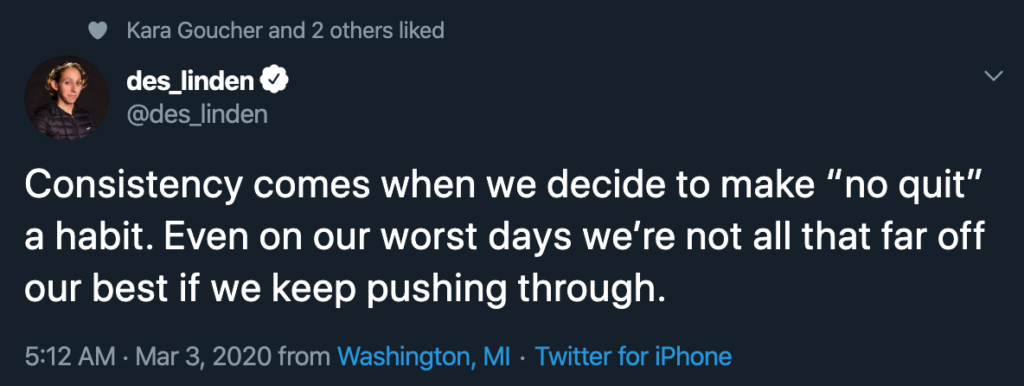When Monica and I saw that there was another program out there which promised to be a “weight-loss program designed by psychologists & scientifically proven to create real, sustainable results” we were pumped!
Sometimes when you are the lone voice in a space, you start to question your sanity. But Noom’s ads talked about all the stuff that is near and dear to our hearts here at Weighless. Phrases like “create new habits and healthy behaviours that stick” and “practice and master healthy lifestyle habits” were music to our ears. It was both validation that we were on to something, and reassurance that the world was truly fed up with diets and ready for something better.
Then one of our new members told us that she had actually quit Noom to come over to the Weighless program because they had put her on a 1200 calorie per day diet and she was tired of feeling hungry all the time.
Well, that doesn’t jibe with their messaging, does it?
So, I decided to sign up for their service and see what was going on.
Now this wasn’t some undercover, stealthy, nefarious, creepy infiltration. I was completely honest with them, including my goals and my name. I told them I only wanted to lose 2kg and was simply focussed on being healthy and strong as I approached my 50th birthday.
They had access to my demographic info (height, current weight, BMI, age, gender and so on) so what happened was a complete surprise to me.
They immediately adjusted my goal weight to 72kg (instead of my actual goal of 75) and put me on a 1400 calorie per day diet. What?!
I am a 6 foot tall, quite muscular, very active, 48-year-old man. 1400 calories per day is about 1000 calories less than I have been eating for the last 25 years. And even when I was a 21-year-old professional ballet dancer, I never weighed in at 72kg (158 lbs).
But the good news was, the Noom app told me, that if I exercised more, my calories allowance for the day went up.
Well… that also doesn’t jibe with their messaging, does it?
Here’s the thing. After working in this space for as long as Monica and I have, we have learned to recognize these behaviours as two of the cornerstones of disordered eating.
- Starve yourself using an extremely low-calorie diet.
- Reward yourself with more food by exercising (usually excessively).
And to top it off, I was meant to record all of my meals in their app, tracking every bite. Just like every diet and calorie counter I had ever encountered. A practice that has been shown in studies to decrease quickly over time.
Sure there were daily lessons that were surprisingly aligned with what we teach in the Weighless program – but by that point, the damage had been done.
Any possibility of “developing healthier habits that last” is lost when any of the weight loss I would experience (and I would definitely experience weight loss had I stuck to that absurdly low-calorie intake) is obviously coming from a diet that is exactly like all diets before it.
This is a true case of bait and switch.
They promise a lifestyle overhaul but that promise is purely window dressing on yet another diet that is doomed to fail in the long term.
See also: Weighless compared to Noom


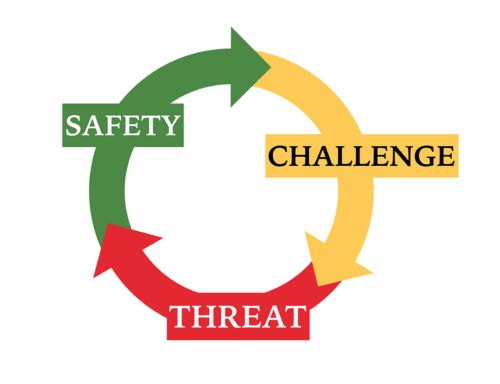
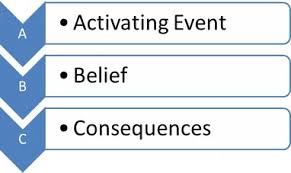
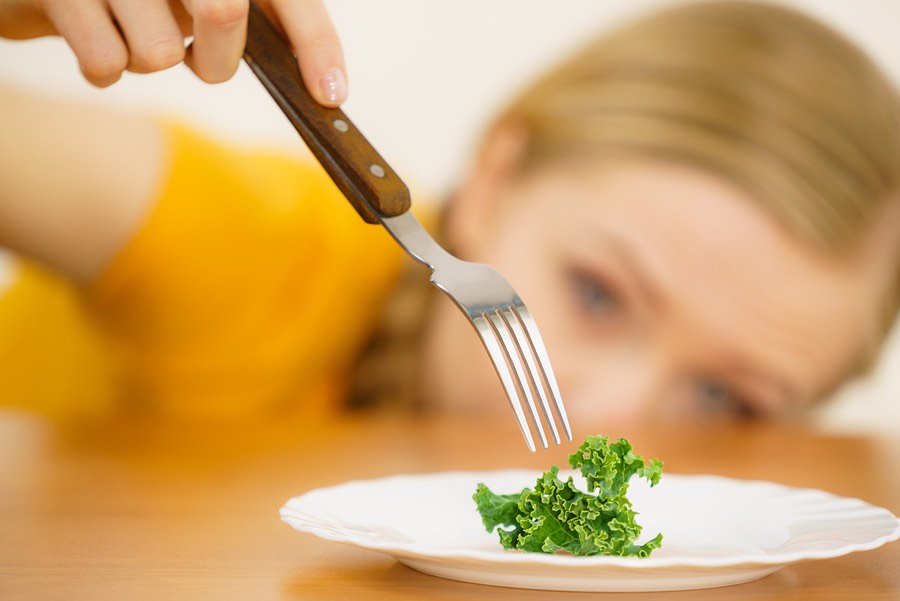
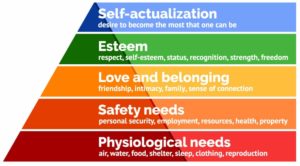
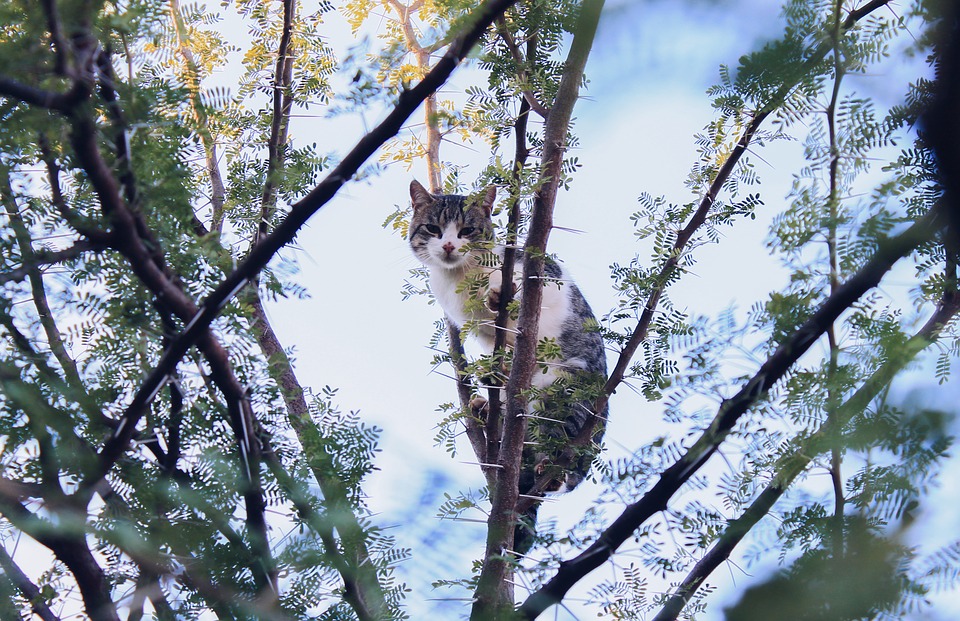

 In an episode of the
In an episode of the 